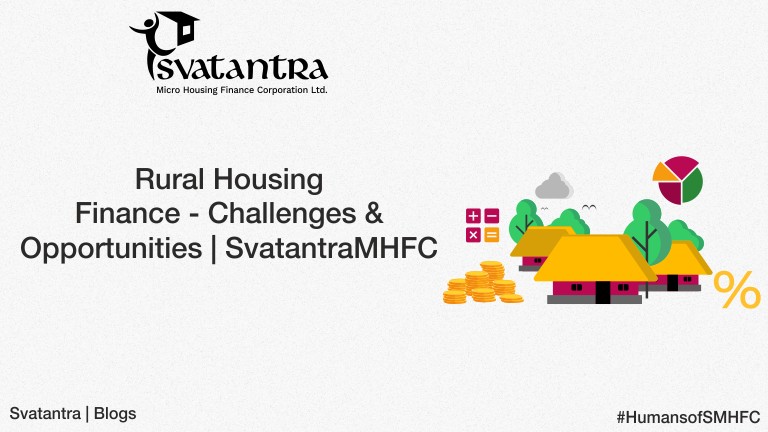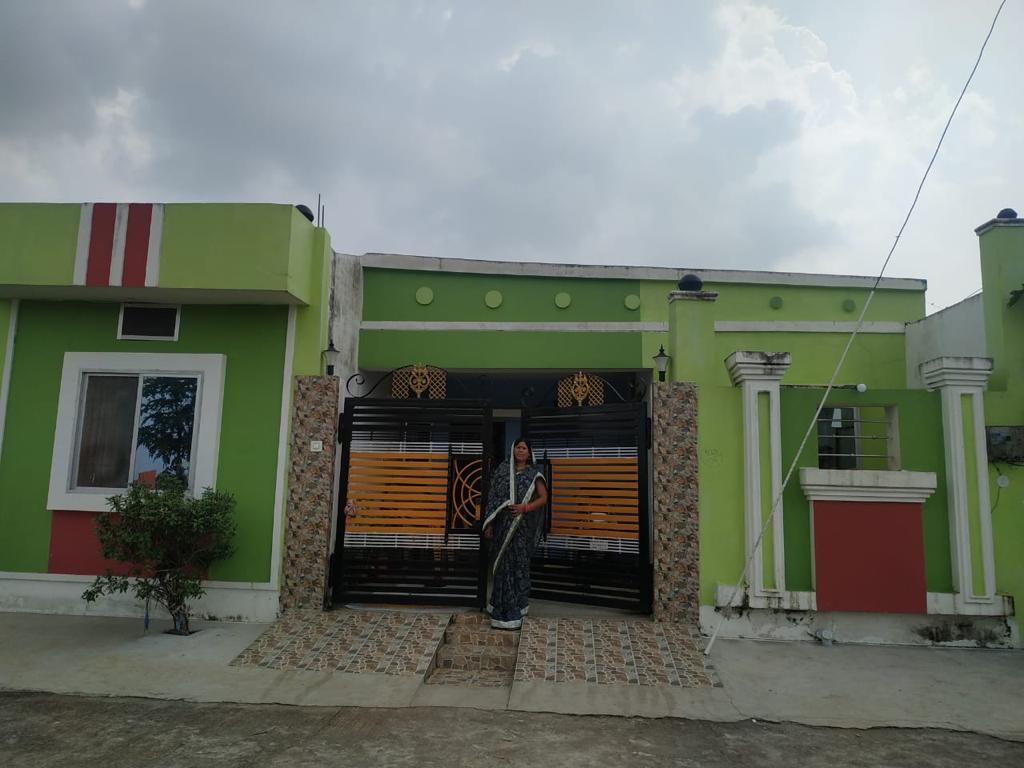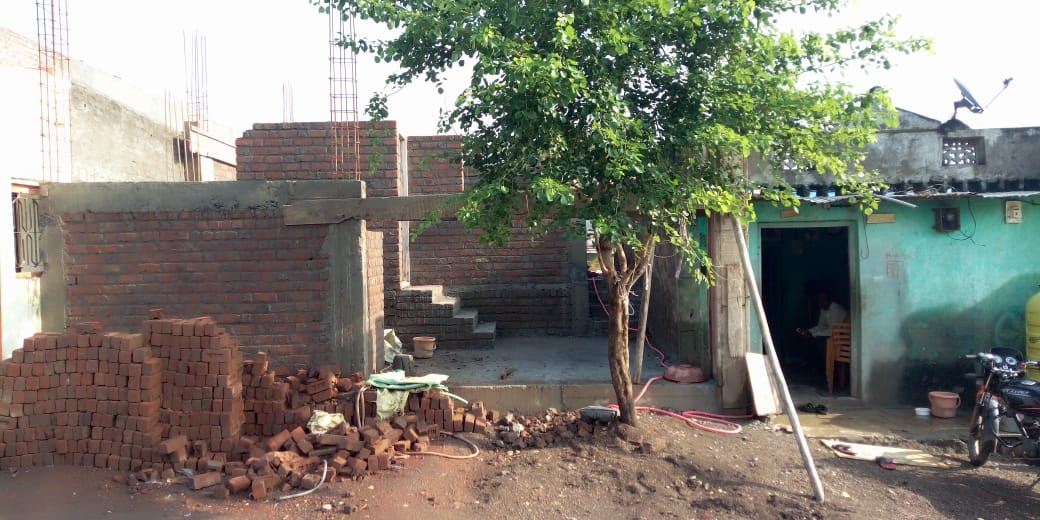LOOKING FOR A NEW HOME LOAN ?
Call Us Today !
 1800 1234 427
1800 1234 427

Nation’s growth rests on the development of Rural Housing and Infrastructure
By team SMHFC
Owning a house in the village, vividly tantalises your vision with a window that opens to the vast green landscape, air full of vitality, a morning that breaks with chirping birds, farm fresh food, and whatnot! Albeit coming back to the reality of rural housing, the concerns about the scarcity, affordability and availability remains a looming issue.

Aside from a shortage in rural housing in India, there is also a huge contrast in the demand and supply of housing units and housing finance across Economically Weaker Sections (EWS) and Low-Income Groups (LIG) which forms about 99% of the shortage in housing plan of India (10th Plan)3.
Better living and development of the nation resides on the fulfilment of basic needs of an individual, such as food, clothing and shelter. Like food and clothing, shelter is a fundamental right of every human and it doesn’t matter which section of the society one belongs. Over the years with rising population and migration, rural housing has taken a toll and has been a low-priority discussion in nations’ development plans.
The write-up further intends to deliberate upon the challenges and opportunities associated with rural housing finance and other correlated issues.
We all know - the PMAY mission is to provide ‘Housing for all’ by 2022 but it has brought into light the great divide between the urban and rural housing requirements. In an article1 published in January 2020, the housing-related issues are more prevalent in rural areas as compared to urban, almost in the ratio of 82% (rural) to 18% (urban).1 In order to create a housing market driven by demands, on a base of efficiency and transparency for the low and moderate-income households requires several new initiatives. The financing business model should align with the requirements in the rural areas and overseen by regulators, policymakers and the industry.
As per a report published in 2016 by the International Journal of Social Science3, the overall disbursements of housing loans by Housing Finance Companies and Public Sector Banks has seen a CAGR of almost 30%, of which rural housing accounted for 8-12% of the total disbursements3.

One of the main reasons for the shortfall of finance for the rural areas is higher credit risk, arisen due to multiple factors:
A large number of EWS and LIG households are deprived of formal access to housing finance as they are unable to fulfil the eligibility criteria. The reality of rural housing finance is that a very small share of the rural population qualifies for the traditional mortgage loans, affecting the majority of the rural population’s ability to buy or build their own homes through non-grant based finance.
Rural housing deserves an independent thought, with adequate consideration to EWS, LIG, and MIG categories. More importantly, provisions for affordable financial services which are custom-made as per the need of this sector should be developed. Development of rural housing will have a direct and positive impact on the holistic development of rural India, on factors such as the village infrastructure, improved quality of life, less migration towards cities, employment opportunities and overall chance to live a far more sustainable life.
At Svatantra Micro Housing Finance Corporation Limited (SMHFC), we have had the opportunity to study and understand this segment closely, by the virtue of which has helped us develop financial products that are synonymous with requirements of the EWS, LIG and MIG category, especially who wish to own a house in areas in the city outskirts and hinterlands.
More information on SMHFC product category please visit:
https://svatantramhfc.com/loan-for-home-purchase
https://svatantramhfc.com/loan-for-beneficiary-led-construction